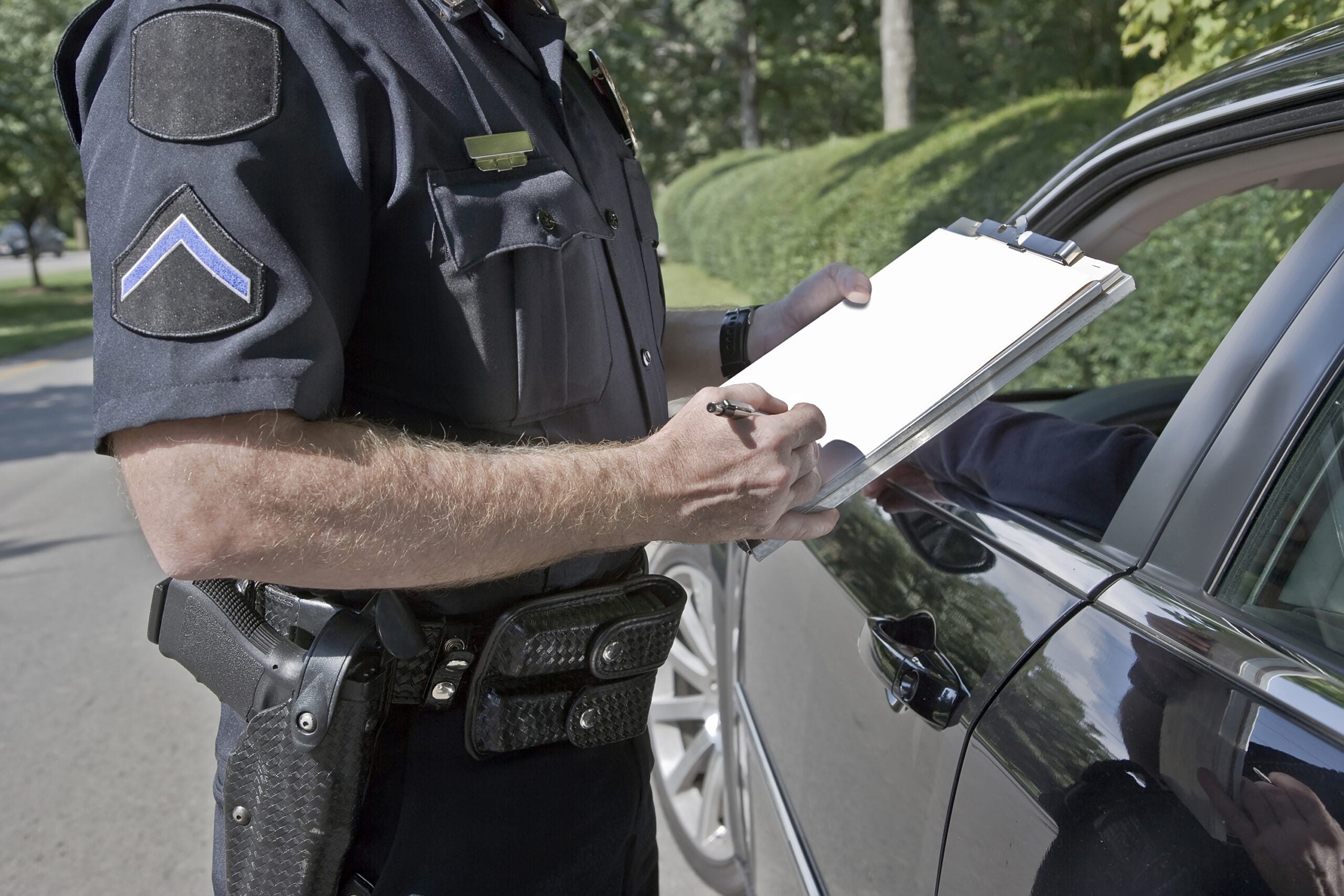In many parts of the country, police officers need at least an Associate’s Degree to be hired. Many officers have specialized education and training in criminal justice, but this comes at a cost.
If you’re an officer and borrowed money for school, it’s worth exploring your options for student loan forgiveness for police officers. If you can get at least some of your loans forgiven, you can reduce the amount you have to pay back and free up more funds for other things.
Here are some of the best options for law enforcement student loan forgiveness.
Police Student Loan Forgiveness Options
Law enforcement student loan forgiveness options vary depending on what types of loans you have, as well as where you live. If you have federal student loans, there are three primary ways to pursue police student loan forgiveness including:
- Public Service Loan Forgiveness
- Income-driven repayment
- Perkins Loan Cancellation
Your state government or local organizations may also offer additional options for loan forgiveness or repayment assistance. You should explore all of these different police student loan forgiveness options and consider other methods of making loan payoff easier, such as refinancing student loans.
Public Service Loan Forgiveness
Public Service Loan Forgiveness is available to individuals who work for the government or an eligible non-profit. Since many police officers work for state, local, or federal governments, this type of law enforcement student loan forgiveness should be widely available to most officers. However, you can only get qualifying federal loans forgiven, including:
- Subsidized Direct Loans
- Unsubsidized Direct Loans
- Direct PLUS Loans
You also have other requirements you must meet, including:
- Working for an eligible employer: Working for any government organization should count, including but is not limited to working for the Bureau of Indian Affairs; the CIA; the DEA; the FBI; the NSA; the National Park Service; college and university police departments; city police departments or county sheriff’s offices; the Department of Corrections; state departments of correction; ICE; Customs and Border Protection; the U.S. Marshall; or the Secret Service.
- Working full-time: Full-time is defined as 30 or more hours per week, although you can meet this requirement by working part-time for different employers as long as the cumulative total hours worked adds up to at least 30.
- Making 120 on-time payments on a qualifying income-driven payment plan. Payments can’t be more than 15 days late to be considered on time.
If you meet these requirements, police student loan forgiveness should be possible after ten years of payments.
Income-Driven Repayment
Regardless of who you work for, student loan forgiveness for police officers should be available after you make a certain number of payments on your federal loans if you’ve signed up for an income-driven repayment plan.
There are several different income-driven repayment plans available for federal loans through the Department of Education. Each caps your monthly payments as a percentage of your income. After you make a certain number of payments, any remaining balance on eligible loans is forgiven.
Depending on the payment plan, you’ll need to make payments on your loan for between 20 and 25 years before becoming eligible for loan forgiveness. Any forgiven amount can also be treated as taxable income. So, if you take advantage of this option for student loan forgiveness for police officers, you may receive a substantial IRS bill.
Perkins Loan Cancellation
If you have taken out Perkins Loans, Perkins Loan cancellation is another possible source of law enforcement student loan forgiveness. Perkins Loans come from colleges or universities, although no new loans have been issued since September 2017.
To be eligible for Perkins loan forgiveness, you must be employed by an eligible law enforcement agency as a law enforcement officer or a corrections officer. You will need to apply through your school and prove eligibility. If your school approves you, you could have up to 100% of your loans forgiven over five years.
When you become eligible, 15% of your balance will be forgiven in the first and second year that you do qualifying work, 20% will be forgiven in the third and fourth years, and the remaining 30% will be forgiven after the fifth year.
Other Options for Law Enforcement Student Loan Forgiveness
There may be other programs available to help you qualify for police student loan forgiveness or repayment assistance. For example, the federal student loan repayment program allows certain agencies to offer repayment assistance for eligible loans to recruit qualified candidates.
You should check with the agency that employs you about these options. You can also check the Department of Education website for your state to learn about local programs offering repayment help. Private local organizations, charitable groups, and professional organizations could also provide some additional support for repaying loans.
Options When Police Student Loan Forgiveness Isn’t Enough
Most types of student loan forgiveness for police officers are focused on federal student loans, although there may be some repayment help for private loans. Still, you may not be able to get 100% of your loans forgiven — at least not without making many years of payments first.
The good news is, there are other ways to help reduce the costs of paying off loans, including refinancing student debt. You should explore all the different options available for dealing with your debt so your loans will be manageable after graduation.



